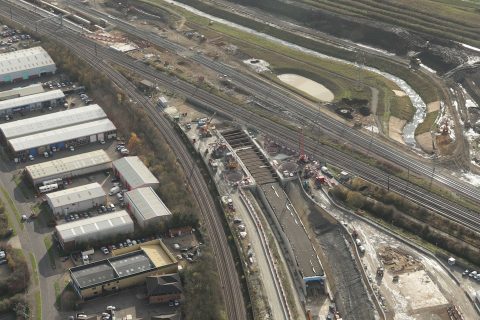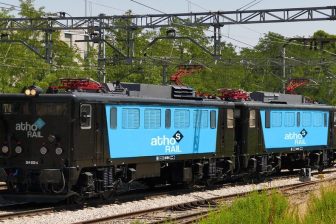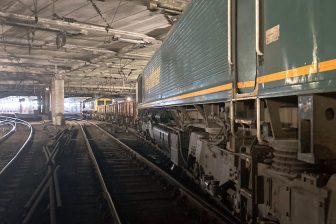
Who will actually use the new Werrington Tunnel?
Werrington, north of Peterborough - Photo credit, Network Rail Air Operations Photo credit, © Network Rail Air Operations
The UK government made much political capital out of a stage-managed opening of the dive-under tunnel at Werrington near Peterborough last week. The structure, which allows traffic to pass under the East Coast Main Line, will improve capacity and avoid conflicts between freight traffic heading for the ports and express passenger traffic heading for Scotland.
Do you want to read the full article?
Thank you for visiting RailFreight.com. Become a member of RailFreight Premium and get full access to all our premium content.
Are you already a member?
Having problems logging in? Call +31(0)10 280 1000 or send an email to customerdesk@promedia.nl.




